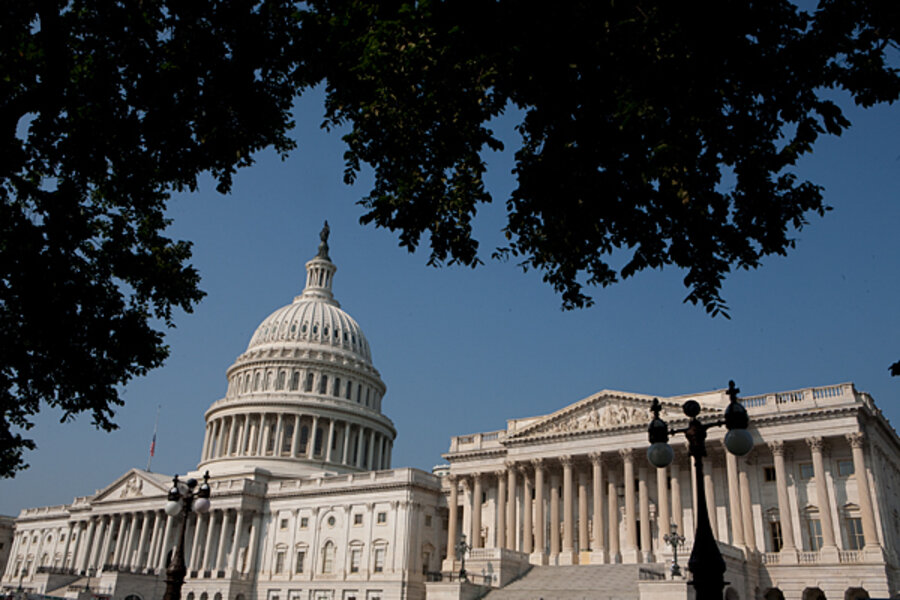Sexual harassment lawsuits started out by taking on quid pro quo situations in which a woman lost her job if she would not sleep with her boss (Barnes v. Train in 1974). The 1978 book “Sexual Shakedown: The Sexual Harassment of Women on the Job” by Lin Farley raised the public profile of the issue and is often credited with bringing the term "sexual harassment" into popular use.
In 1980 the Equal Employment Opportunity Commission (EEOC) stated that sexual harassment is a form of sex discrimination prohibited by the Civil Rights Act of 1964, issuing regulations that defined the offense. The “hostile environment” legal precedent was set in 1986 in Meritor Savings Bank v. Vinson. Now, sexually charged remarks were grounds for a lawsuit. As a result, employers’ liability grew, and plaintiffs’ burden of proof diminished.
The Civil Rights Act of 1991 expanded the rights of women to sue and collect damages for sexual discrimination or harassment. The “reasonable woman” standard entered into law in 1991 with Ellison v. Brady. Cases would now be considered from the point of view of the complainant instead of the defendant.





